

Ever had a whiff of something nasty at home and realised the stink was coming from your top-loading washing machine?
The good news is 5-10 minutes of cleaning will get it freshened right up, and a monthly maintenance clean will keep it that way. Our cleaning experts also reveal what to avoid doing during cleaning to protect your machine in the long haul.
If you're lucky enough to have one of the best washing machines on the market, you can take these steps as a preventative measure to keep yours operating well.
Step 1: Prepare the washer and supplies
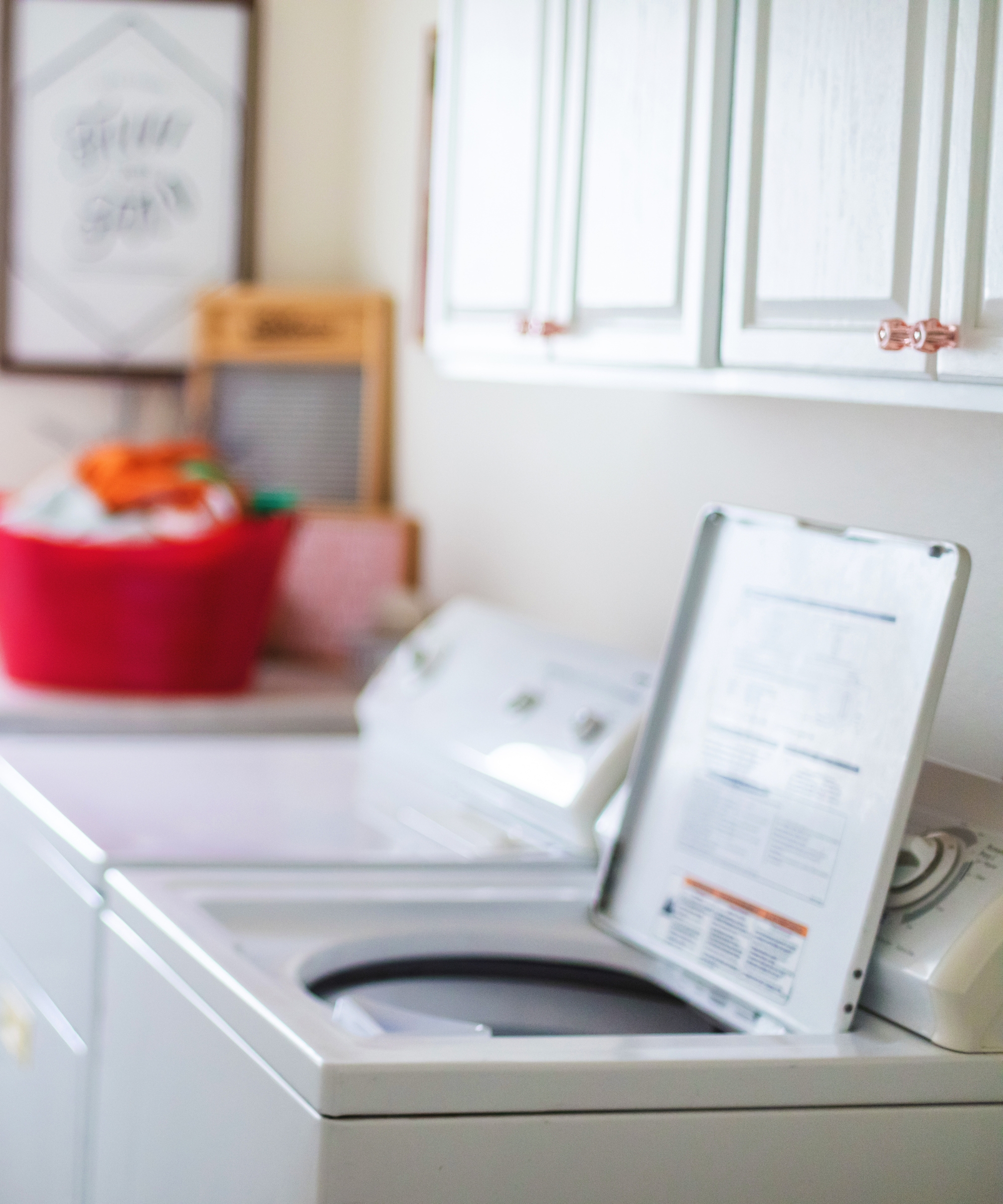
Setting up for cleaning a washing machine need a few cleaning supplies, including white vinegar (we like Aunt Fannie's Distilled White Vinegar on Amazon and it can be used around the home for all sorts of cleaning jobs) and a washing machine cleaning tablet
But first, why do these machines get dirty in the first place?
Cleaning whizz Taylor Riley, co-owner of Impact Cleaning Professionals and did extensive training on cleaning household appliances including top-loading washers.
He says, "Unpleasant washing machine odors often result from residual detergent and fabric softener buildup, moisture retention, washing in cold water, poor ventilation, infrequent cleaning, or hard water deposits. Regular cleaning, hot water cycles, and proper ventilation can help prevent and eliminate these odors, ensuring fresh and clean laundry."
To begin cleaning yours, remove any clothes or items from the drum, gather your supplies and allow yourself 10 minutes to do this task. If you need to use the machine, bear in mind when your manual work is done, the machine will need to run through a rinse cycle.
Step 2: Add vinegar
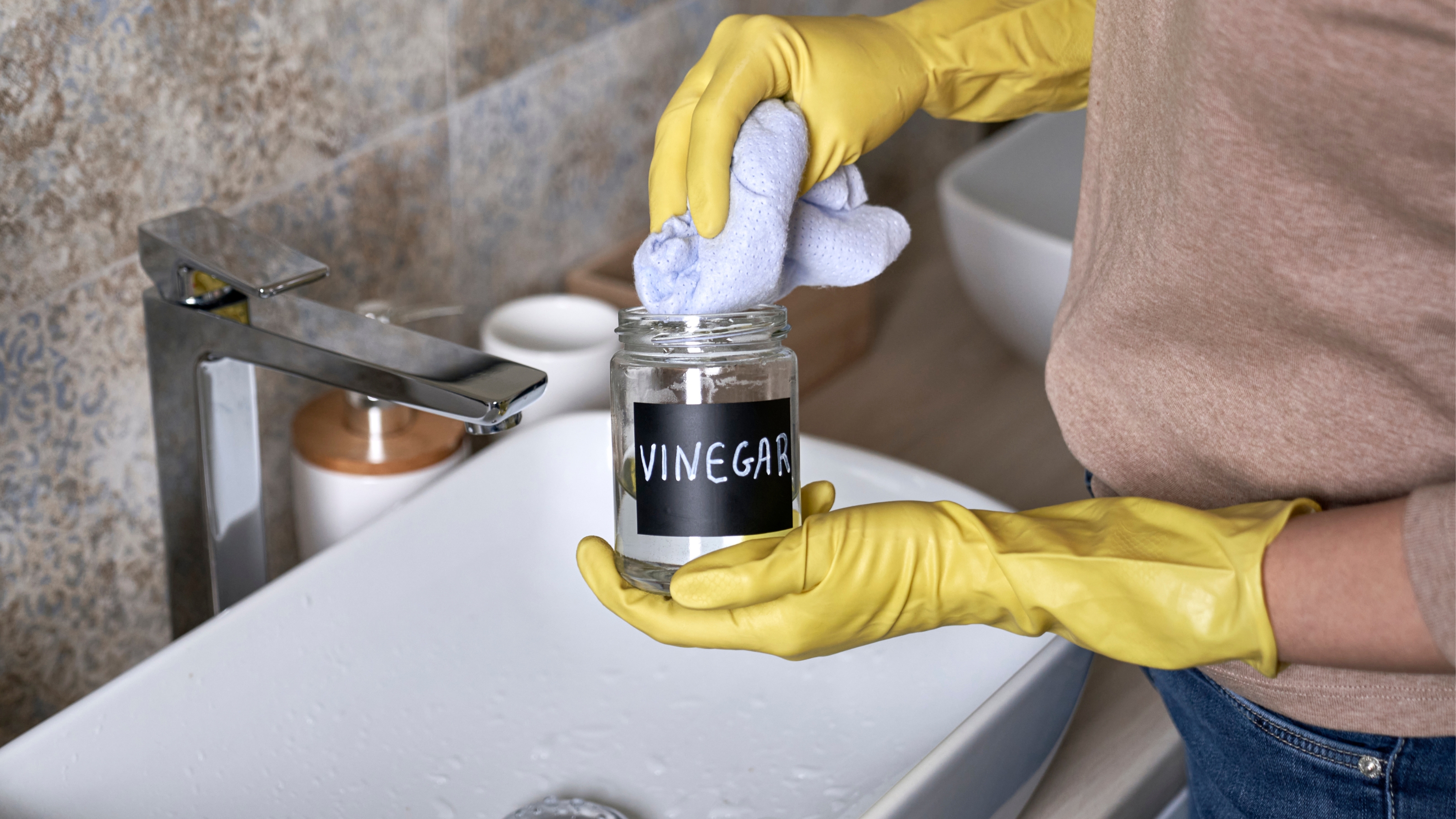
Riley says, "Run a hot water cycle with four cups of vinegar. Let the solution agitate for 5-10 minutes, then pause the wash and let the solution sit for up to an hour. You can also scrub the upper portions of the drum if they didn’t get wet during the cycle."
This works by breaking down any built-up grime and eliminating odors caused by bacteria and mold.
Whilst vinegar is great for fixing a sudden stink, regular cleaning of your top-loader should include solutions designed specially for washing machines such as Amazon Bestseller, Affresh Washing Machine Cleaner tablets.
Over time, vinegar can degrade the seals or cause discoloration on metal surfaces over time.
Step 3: Run a rinse cycle
Riley recommends running a rinse cycle to ensure no residue is left behind. He explains, "Unpleasant washing machine odors often result from residual detergent and fabric softener buildup, moisture retention, washing in cold water, poor ventilation, infrequent cleaning, or hard water deposits."
Once the cycle is finished, leave the door open. This will help keep mold and mildew from building, and when learning how to do laundry, this is one of the top tips for keeping the appliance fresh your laundry free of musty odors.
Step 4: Maintain
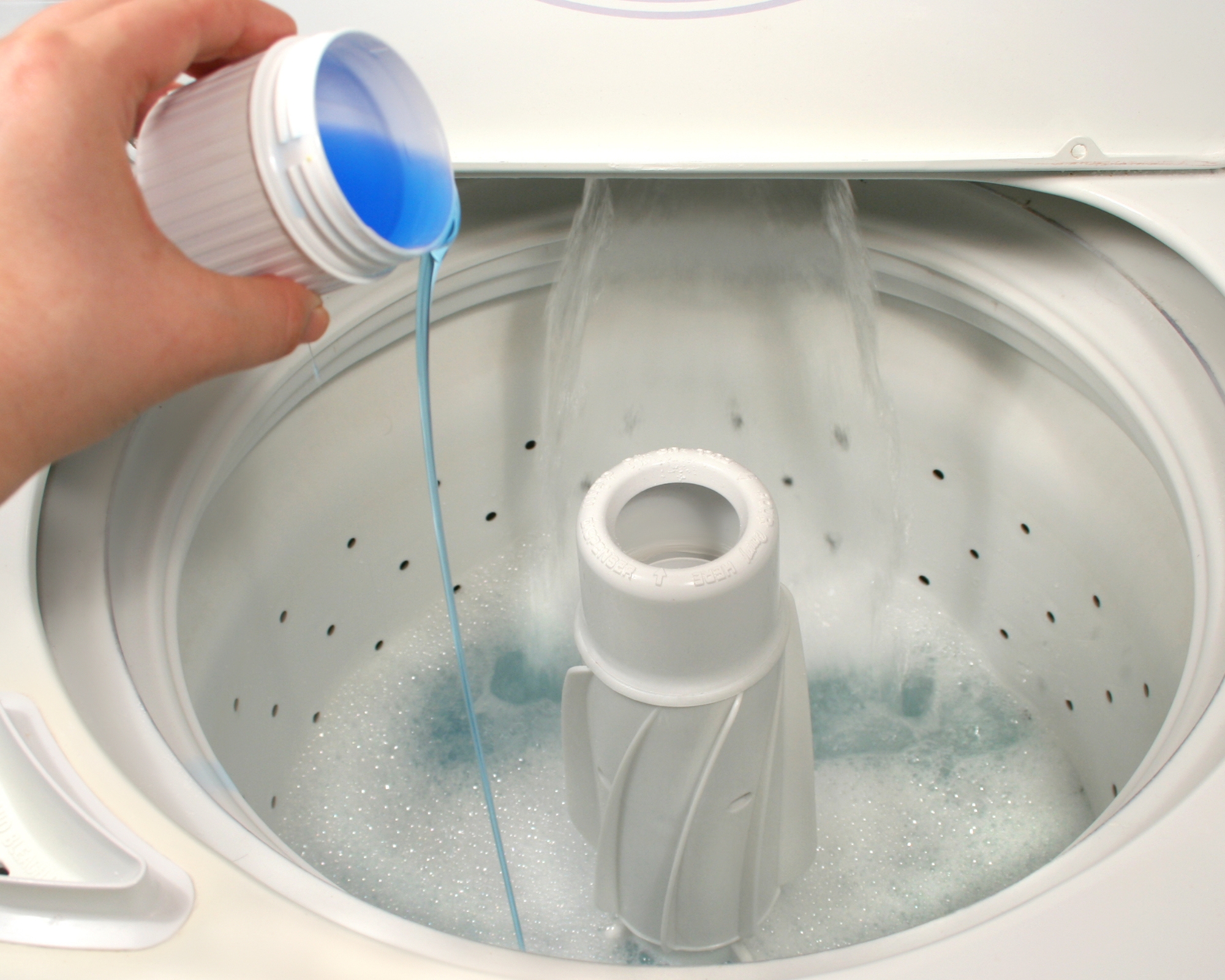
Riley advises keeping a monthly schedule, so setup a diary reminder to prompt you every four weeks to clean your top-loading washing machine, no matter how often you do laundry.
The vinegar will have hopefully knocked out any funky smells, but for monthly maintenance cleans, Riley recommends using one of the best washing machine cleaners specifically designed to target odor-causing bacteria and mold.
He says, "These tablets are convenient and easy to use. A favorite of mine is the Active Washing Machine Cleaner, (available on Amazon). This product is septic safe, eco-friendly, and can be used monthly."
Simply place one tablet in the empty drum, run a normal cycle on high heat, and once complete, wipe out any remaining residue with a towel.
After each wash, leave the door or lid of your machine open to allow for proper ventilation and drying. Riley advises against using too much detergent as the excess can contribute to washing machine smells building up over time. Plus, it's not very economical.
I used to fill up the cup that came with the detergent for every wash, but actually, you only need half an inch worth of detergent to clean laundry well, unless you're dealing with enormously soiled washing. Even then, modern laundry detergents are engineered to break down all sorts of stains with minimal heat and water, so don't waste money (or energy) using more than you need to.
You can also add half a cup of white vinegar and a sprinkle of baking soda to your laundry for extra laundry deodorizing so there's not need to go overboard with detergent.
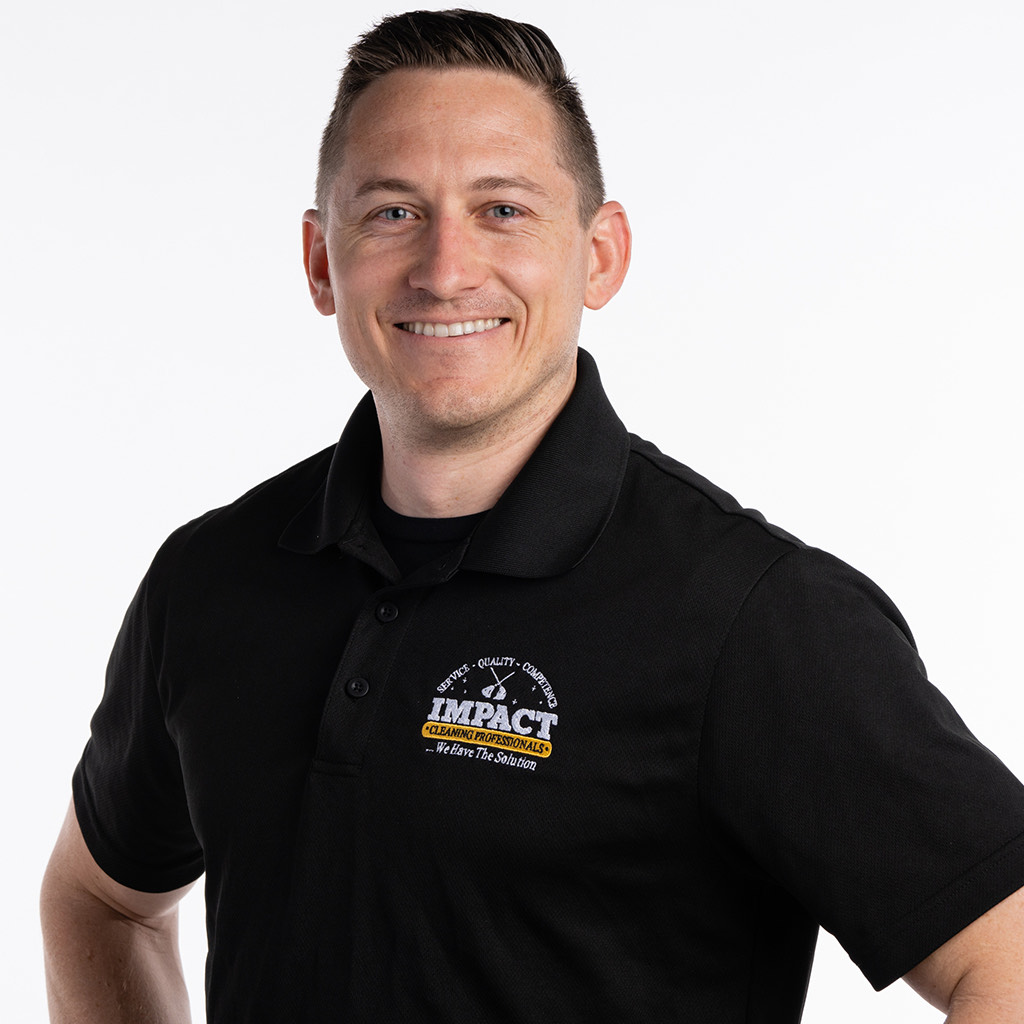
Riley is co-owner of Impact Cleaning Professionals, founder of Boom Facility Service Advisors and a member of Building Service Contractors Association International (BSCAI). Riley received extensive training on how to clean appliances to avoid costly mistakes when cleaning customer homes.
Now you have nailed cleaning a top loading machine, but do you know how to use a washing machine for max efficiency and results? Alternatively, if like me you have open plan living with your noisiest kitchen appliances making a daily racket, our guide on the best quietest washing machines is for you.
Join our newsletter
Get small space home decor ideas, celeb inspiration, DIY tips and more, straight to your inbox!

Hi! I'm editor of Real Homes. I've been a senior journalist and editor for national magazines and newspapers for 16 years, specializing in consumer, real-life, and lifestyle articles. I have a BA in English Language and Communication, mentor journalists, and I’m also founding editor of Lacuna Voices, an independent digital platform. I love to cook, add character to my newly-built home, try my hand at DIY projects, keep my collection of plants alive, and make memories with my little family of three. For Real Homes, I specialize in articles on pest control, DIY, declutterring and cleaning, interviewing experts daily for their top tips and product recommendations.
-
 This Dirty Labs laundry detergent smells like Selena Gomez's favorite Le Labo fragrance — make your home smell expensive for just $15.20
This Dirty Labs laundry detergent smells like Selena Gomez's favorite Le Labo fragrance — make your home smell expensive for just $15.20Dirty Labs laundry detergent offers a woody, cozy aroma similar to Le Labo. Plus, it's an eco-friendly detergent
By Danielle Valente
-
 Can you wash dry clean only clothes in your washing machine?
Can you wash dry clean only clothes in your washing machine?If you're in a pinch, you may be wondering if you can wash dry clean only clothes in your washing machine. See what our experts have to say.
By Aida M. Toro
-
 9 common laundry myths you didn't know were false
9 common laundry myths you didn't know were falseFrom tough stains to figuring out which cleaning items to purchase, here's a guide to ending the myths that plague one of our fave household chores.
By Kate Santos
-
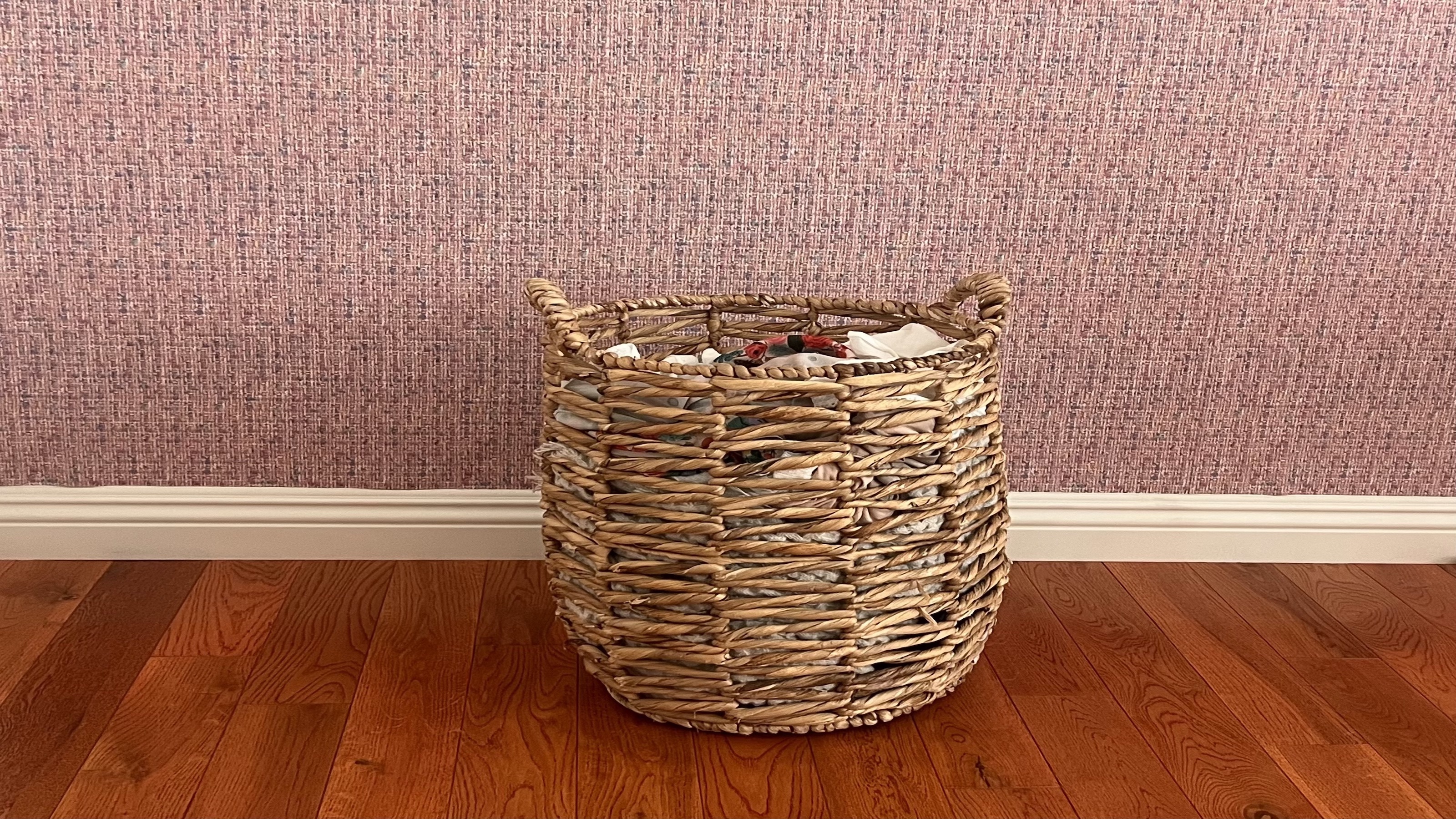 SOS: Can you wash wool in the washing machine?
SOS: Can you wash wool in the washing machine?Wondering if you can wash wool in the washing machine? See our expert advice for keeping your garments like blankets and sweaters, safe and sound.
By Amanda Lauren
-
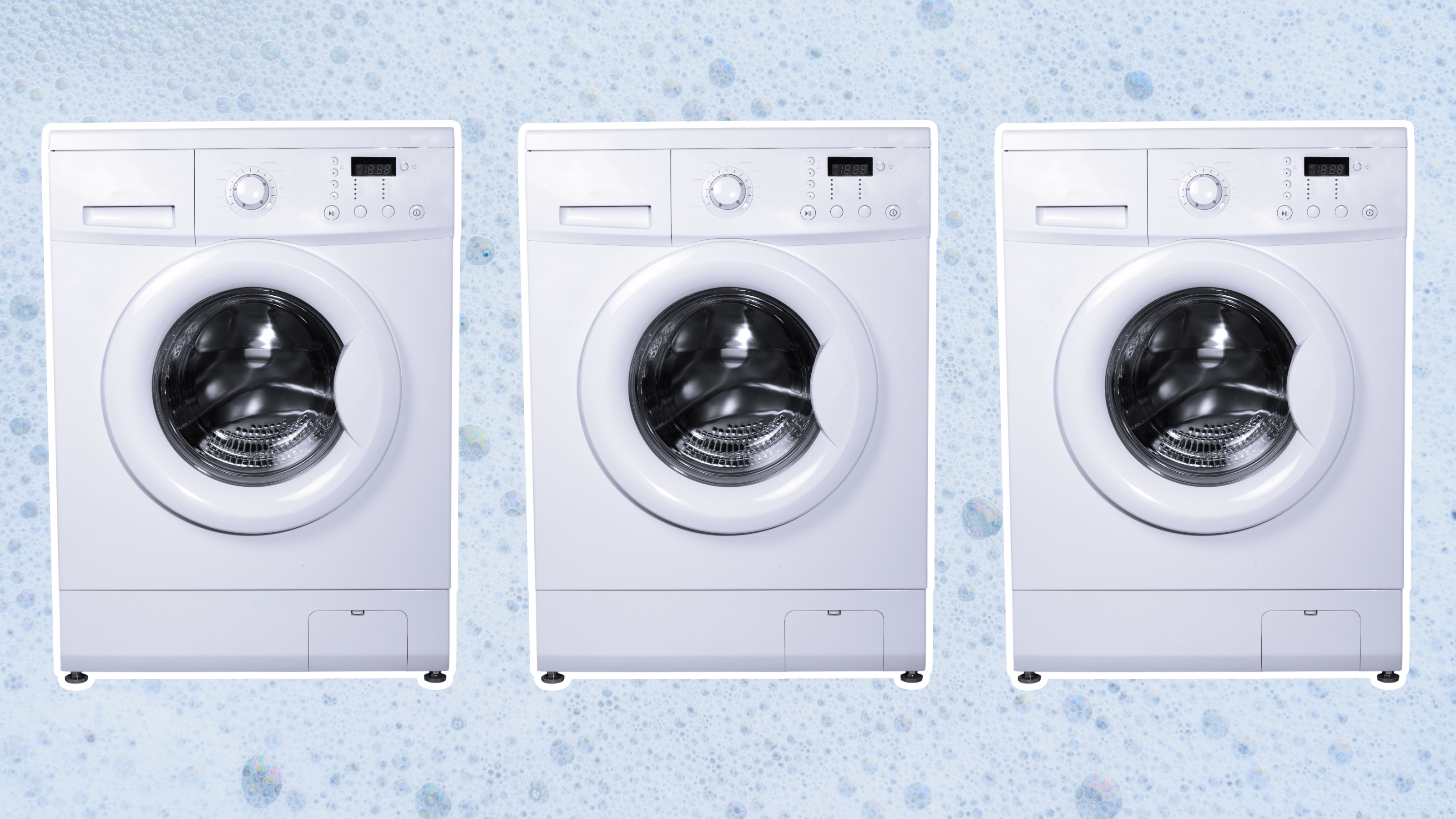 How to wash gym clothes and banish those stains and odors
How to wash gym clothes and banish those stains and odorsGet the most out of your sportswear and see how to wash gym clothes. Our step-by-step guide breaks down how to get rid of odors and keep things fresh.
By Kate Santos
-
 How to make your laundry smell good without dryer sheets
How to make your laundry smell good without dryer sheetsHere's how to make laundry smell good without dryer sheets. If you have sensitive skin or are looking for a different way to make your laundry smell fresher, these tips and ideas are perfect.
By Beth Mahoney
-
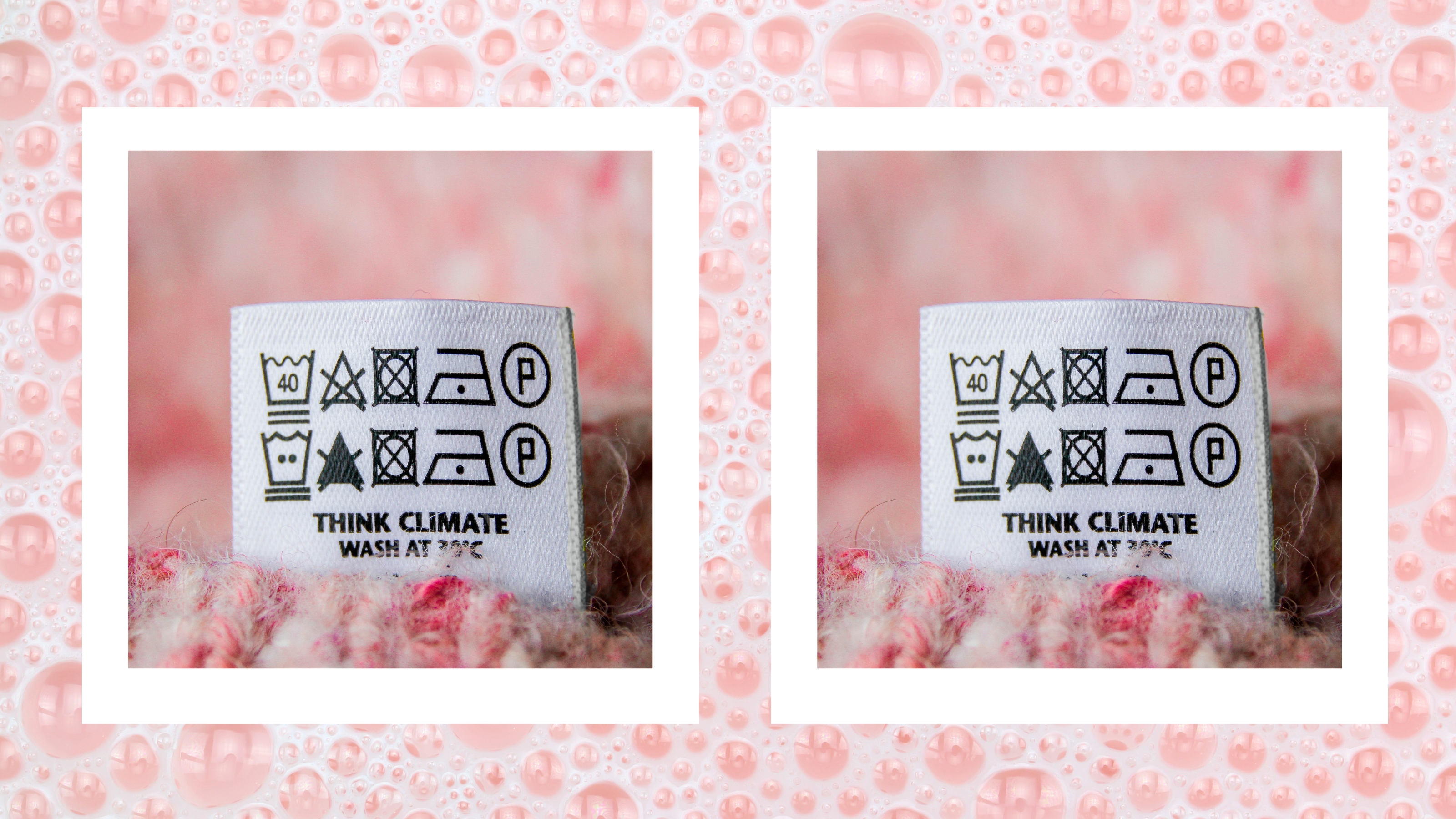 5 ways to save money on laundry without ruining your cute clothes
5 ways to save money on laundry without ruining your cute clothesLooking to cut your washing costs? Here's how to save money on laundry without wrecking your clothes!
By Beth Mahoney
-
 Hold up — this is how often you should be cleaning your pillows
Hold up — this is how often you should be cleaning your pillowsWondering how often you should be washing your pillows? See our top hygiene tips and expert advice for keeping your bedroom fresh and clean.
By Georgia Lockstone